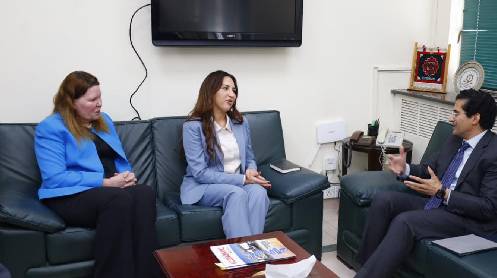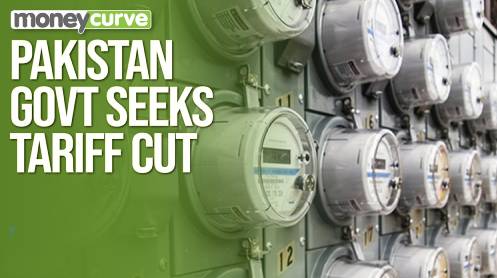ISLAMABAD: The widespread adoption of solar energy, driven by provincial government initiatives to provide free or subsidized solar panels to low-income households, has left policymakers grappling with its financial and systemic implications. The matter was recently highlighted in a power sector meeting chaired by the Prime Minister.
The Sindh government plans to distribute solar panels to 200,000 households, while Punjab and Khyber Pakhtunkhwa aim to supply 100,000 each, and Balochistan targets 50,000. Additionally, wealthy individuals, agricultural users, and commercial and industrial entities are transitioning to solar due to soaring electricity tariffs.
These initiatives primarily target lifeline consumers (4% of total) and protected users consuming up to 200 units monthly (48% of total). Reports indicate that approximately 2,500 MW of solar systems have already been installed by domestic users.
The growing shift to solar energy has raised concerns over its impact on grid sustainability. The Power Division warns that as more consumers move off-grid, the financial burden of capacity payments—amounting to over PKR 2 trillion—will increasingly fall on grid-dependent users, potentially increasing tariffs by PKR 2.50 per unit by 2034.
Solar energy adoption has already led to an 8–10% drop in grid demand during daylight hours. In fiscal year 2023-24 alone, the shift to behind-the-meter solar installations resulted in PKR 200 billion in grid fixed costs being redistributed to non-solar users, causing a tariff hike of approximately PKR 2 per kWh.
This trend is expected to accelerate, with solar imports reducing grid demand by an estimated 10–15%. A 10% decline could shift PKR 261 billion in costs annually to non-solar consumers, resulting in a 17% increase in base tariffs.
While solar energy offers a cleaner and cost-effective alternative, the financial strain on grid-dependent consumers underscores the need for balanced policy measures to address this growing disparity.





